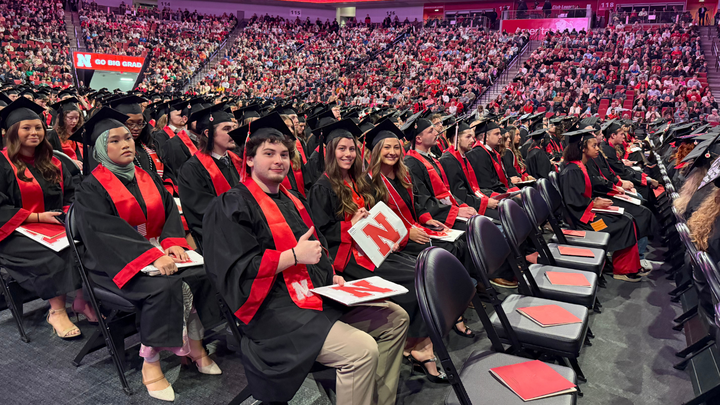A course’s DFW rate is the percentage of students who drop, fail or withdraw from a course. The higher the DFW rate, the more students who are failing to successfully complete the course. One way to measure the success of our efforts to improve outcomes for underrepresented and first-generation students is to compare the DFW rate for these student populations to the DFW rate for represented and non-first-generation students. The difference between these two measures is the course equity gap.
Race/Ethnicity
Students from underrepresented racial and ethnic groups tend to have higher DFW rates than represented students. This was true for all the college’s academic programs during academic year 2021-2022.
In 2021-2022, the overall course race/ethnicity equity gap was the largest in the college’s JGEN courses (5.9%), followed by Advertising and Public Relations (5.3%). Journalism had the lowest course equity gap at 3.2%.
While program gaps are determined by the overall number of students who drop, fail or withdraw, a few notable courses stand out within each program for having equity gaps of more than 10%. While some of these courses are special topics, pop-ups or electives, several are core required courses within our majors (in red). The high course equity gaps in these courses indicate barriers to degree completion for underrepresented students.
|
Course |
Race/Ethnicity Equity Gap |
| ADPR 491 | 23.14% |
| ADPR 437 | 22.81% |
| ADPR 434 | 22.73% |
| ADPR 881 | 16% |
| ADPR 283 | 11.11% |
| BRDC 227 | 22.22% |
| BRDC 291 | 16.67% |
| JGEN 184 | 13.5% |
| JOMC 291 | 18% |
| JOMC 422 | 16.7% |
| JOMC 222 | 10.3% |
| JOMC 133 | 10.2% |
| JOUR 200B | 12.12% |
| SPMC 150 | 10.76% |
First-Generation Students
First-generation students are those whose parents did not complete a 4-year college or university degree. First-generation college students also tend to have higher course equity gaps than those students whose parents are college graduates. In all our programs, the DFW rate is higher for first-generation students. However, that gaps do not mirror those for underrepresented students. In several of our programs – JGEN, JGRD and SPMC, the first-generation equity gap is much larger than the underrepresented student equity gap. And in several programs – ADPR, BRDC and JOUR – it is much smaller.
For first-generation students, we also see a mix of courses with high equity gaps. Interestingly, while underrepresented students seem to be failing to complete skills courses at a higher rate, first-generation students are struggling in introductory, large lecture courses.
| Course | First Generation Equity Gap |
| ADPR 361 | 11.4% |
| ADPR 433 | 30% |
| ADPR 491 | 10.4% |
| ADPR 830 | 21.4% |
| BRDC 191 | 11.4% |
| BRDC 491 | 14.3% |
| JGEN 200 | 13.6% |
| JOMC 101 | 10% |
| JOMC 222 | 11.9% |
| SPMC 150 | 13% |
| SPMC 250 | 25.9% |
If you teach a course with a high equity gap and you are interested in ways to improve, please visit with Amy Ort. The Center for Transformative Teaching has many resources to help improve access and inclusion in courses.



